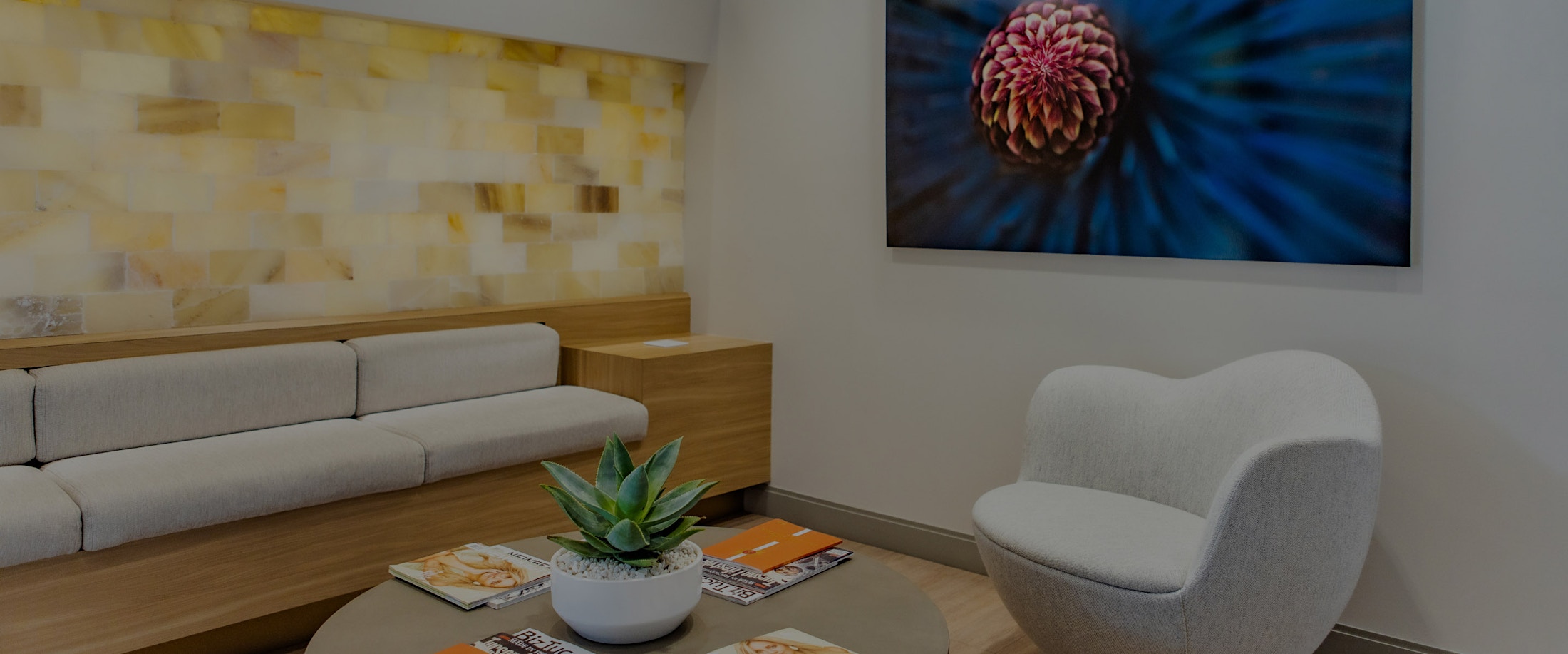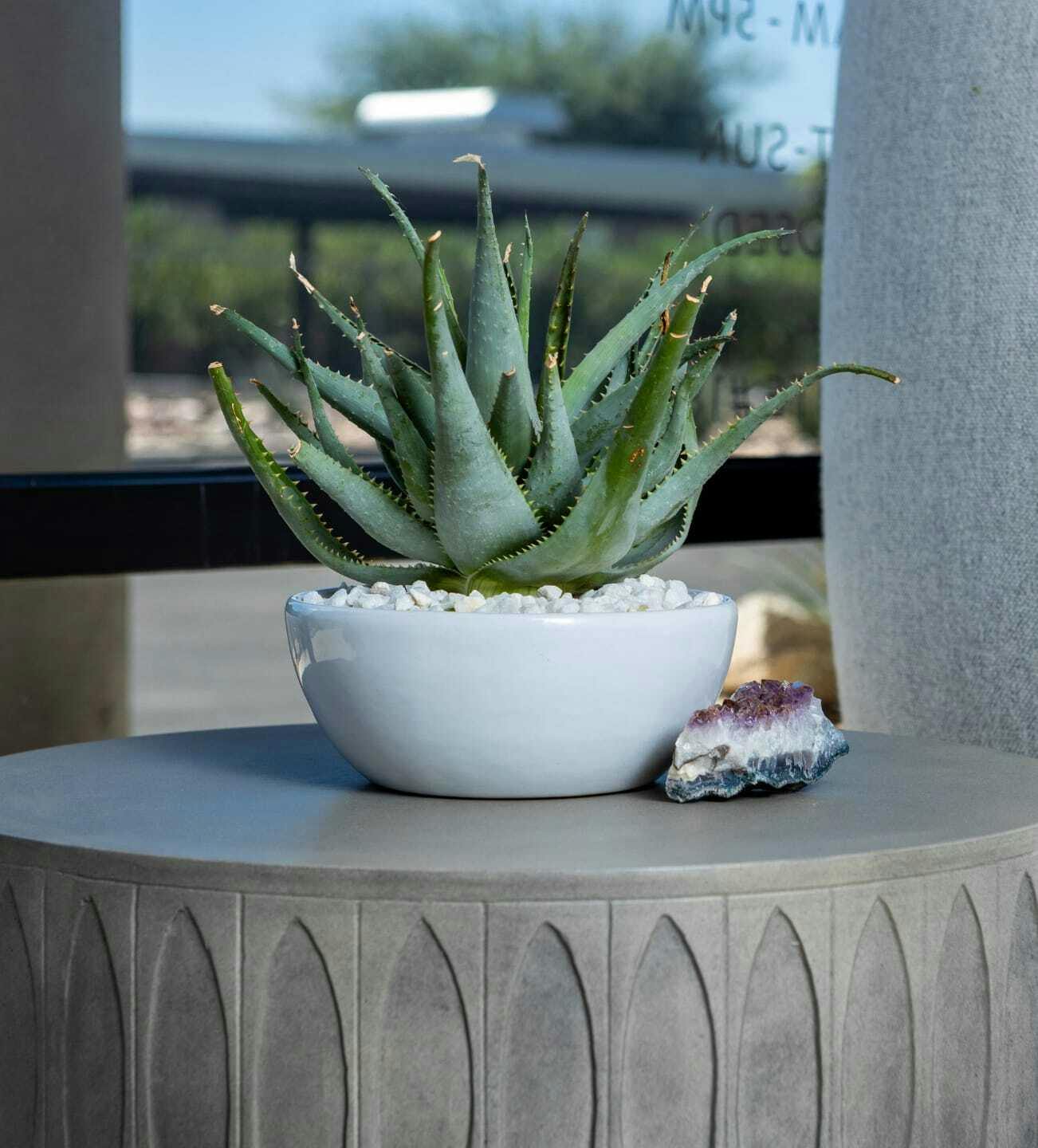Natural Tissue or “Flap reconstruction” is a microsurgical technique that can restore the breasts after a mastectomy due to breast cancer or other factors. Your reconstructive surgeon uses your own tissue to create new reconstructed breasts with a completely natural look and feel.
What is Natural Tissue Flap Reconstruction?
Following a mastectomy with or without radiation therapy for breast cancer treatment, can leave a patient not feeling whole. Natural tissue flap reconstructive surgery is used when there is either not enough tissue left on the chest (to successfully cover and support breast implants during reconstruction) or when implant-based breast reconstruction has failed for whatever reason (capsular contracture, implant rupture, breast implant illness BII). In these cases, using skin and fat from other areas of the body, such as the abdomen, thighs, or glutes, creates a reconstructed breast mound.
During flap surgery, only the skin, fat, and blood vessels from the selected site are taken and used to rebuild a breast mound on the chest. Using specialized microvascular surgical techniques, your surgeon will carefully reattach the vessels from the flap tissue to the vessels in the chest. Essentially, these breast reconstruction procedures are soft tissue transplants. The result is a soft, warm, living breast mound that will last a lifetime and age naturally with the patient.







